- Home
- Use Your Eco-Tourism Dollars To Help Animals
- Eco Tourism in Costa Rica
My Eco Tourism Trip to Costa Rica
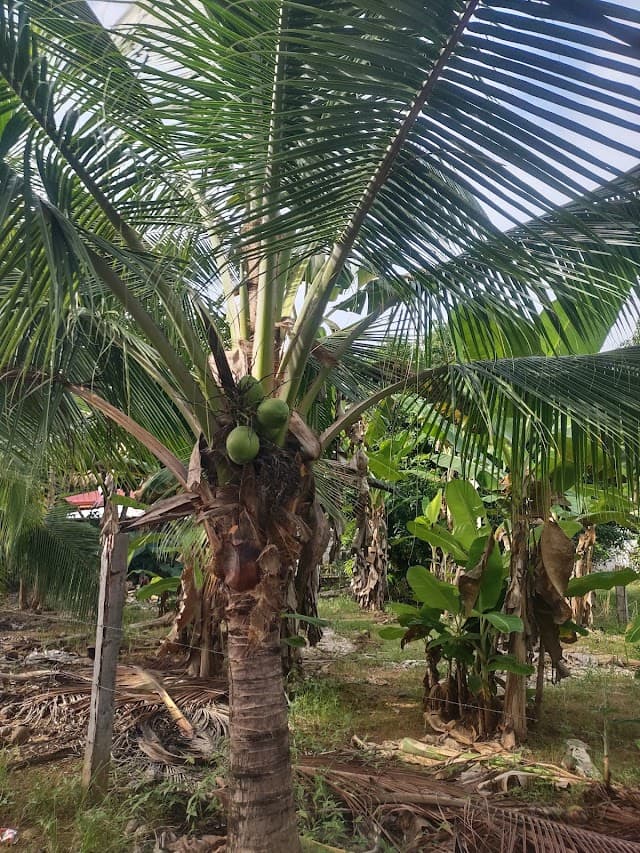
What is Ecotourism
After talking with Katie Cleary, I started investigating eco-tourism. She says that how you spend your tourism dollars makes a difference in the world.
Eco-tourism is another way to help animals in addition to rescuing them.
Eco-tourism involves traveling sustainably and supporting the local culture. You need to be mindful of the impact of what you are doing on the local environment and economy.

There are lots of aspects of ecotourism. Traveling to places that are not overwhelmed with tourists is one aspect. Some places are overly developed and so many tourists can strain the environment. Negative results of overtourism include pollution, littering, damage to the sites, strains on the local people due to rising costs of living, and housing shortages. Some U.S. National Parks, such as Yosemite and Zion National Park have too many visitors and the government is looking to limit the number of tourists allowed in the park at any one time. Places such as Iceland, Machu Pichu, and the Galapagos Islands, while generally sustainable places, are also becoming too popular for their own good. If you want to visit these places, it is best to go in the off-season, stay in locally owned hotels rather than hotel chains or Airbnbs, and consult with sustainable tour guides.
Greenwashing in Tourism
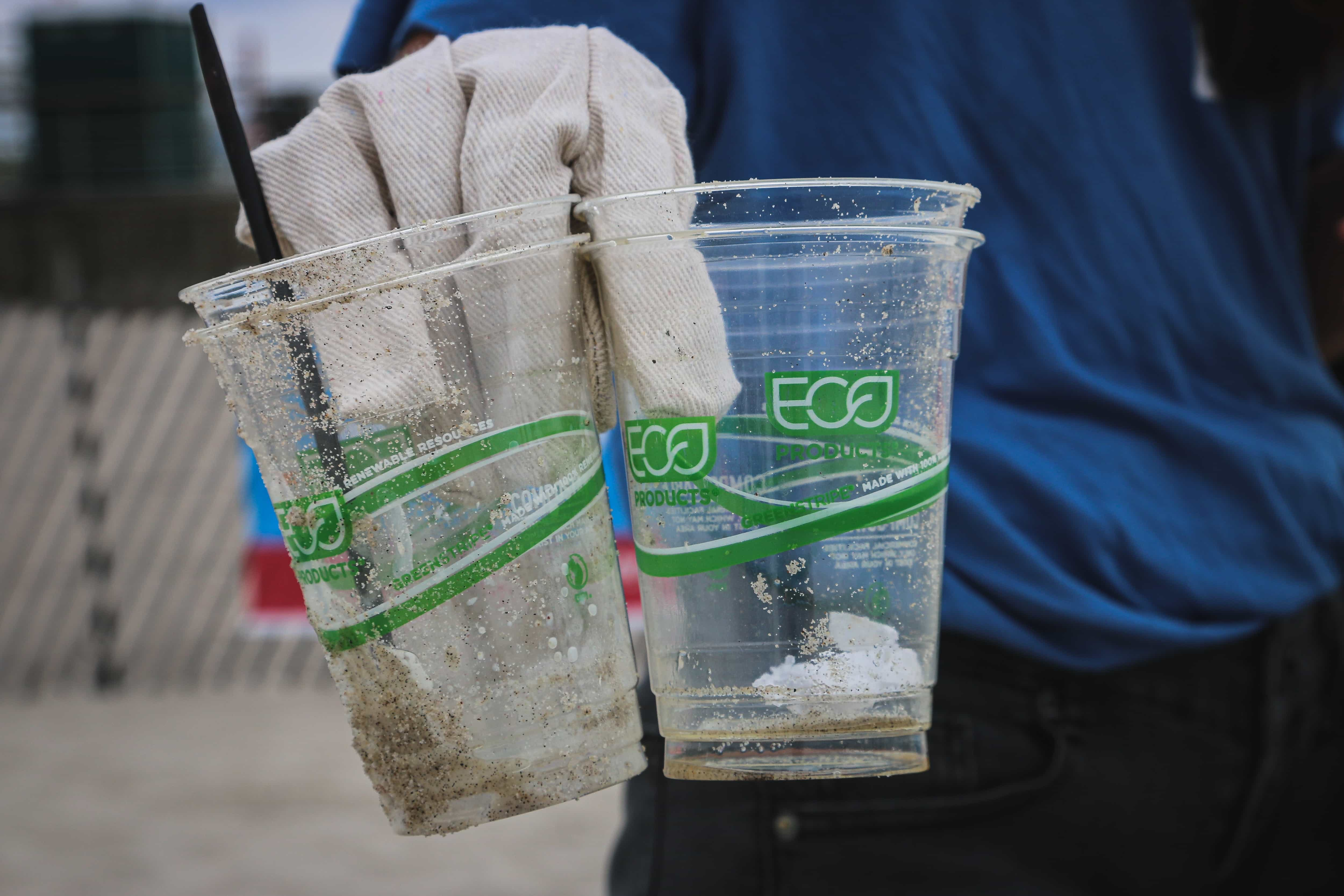
One thing to think about is “greenwashing”, which is supporting a business or practice that advertises itself as sustainable, but really is not. There are lots of examples of greenwashing in tourism. A hotel may advertise that they have sustainable practices, but they are just complying with the local and national laws. Animal sanctuaries that provide tours and allow you to interact with the animals can do more harm than good to the animals. Some hotels make a lot of noise about how they donate to environmentally friendly causes, but they still underpay their staff and use products and policies that are not sustainable.
So it’s best to go to places that are off the beaten path, use public transportation or bikes rather than cars, look for local housing and food, learn about the local culture, and support the local economy when possible. All the while avoiding greenwashing. Be aware that your vacation choices have an effect on the environment and the local people, and try to choose options that make improvements, or at least don’t do too much damage.
Ecotourism and Costa Rica
I was planning a vacation for early December 2023. I had been to Iceland before and always wanted to go back. Even though Iceland is one of the places where too many tourists go, the high season is in the summer and I would be traveling outside of that time. Also, I was looking into out-of-the-way spots. But I decided to explore a new place and started looking at Costa Rica.
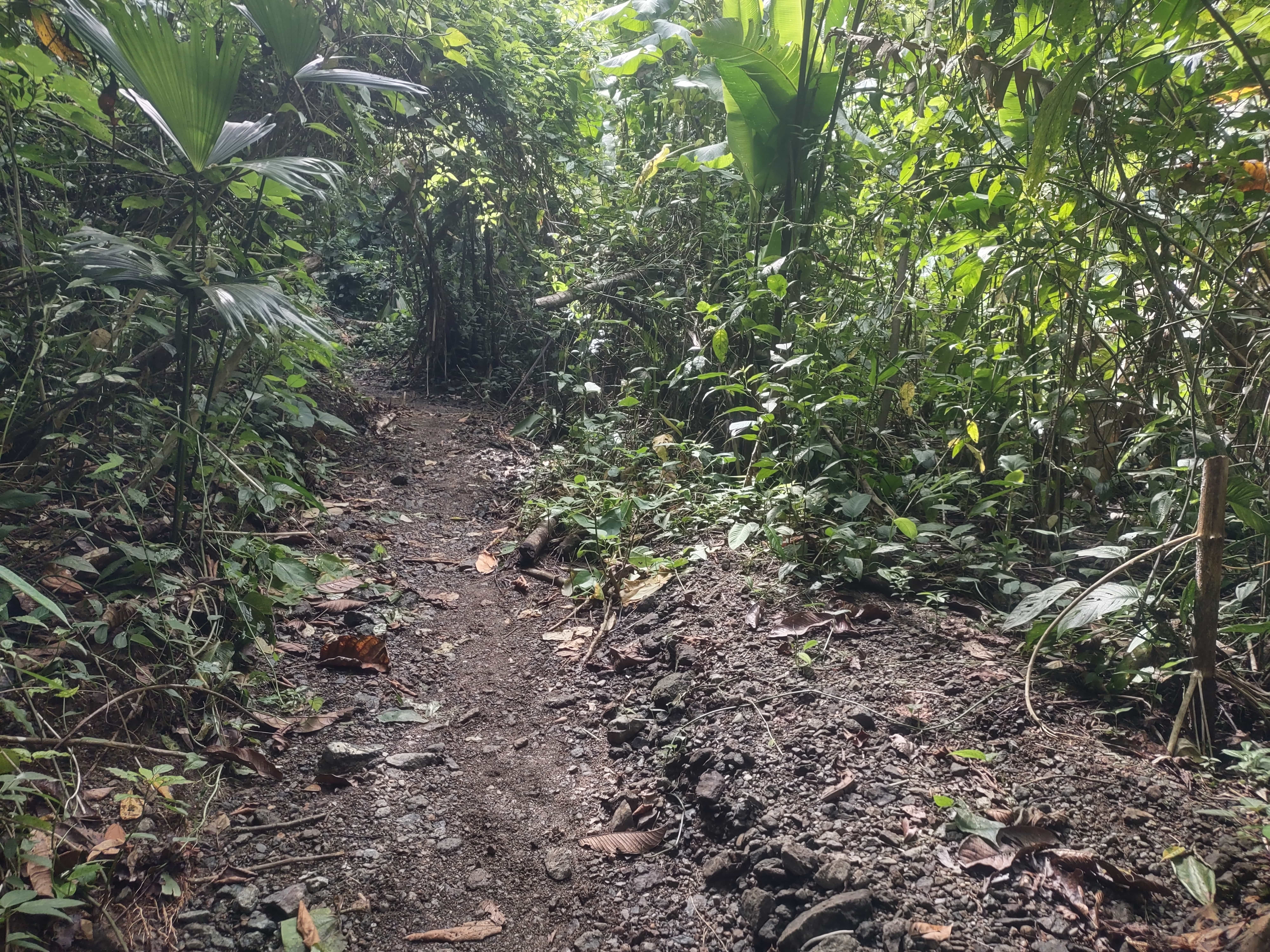
Costa Rica is a country that is dedicated to the environment and sustainable tourism. It’s a small country with a lot of biodiversity and many different climates. Over 25% of the land is set aside as National Parks, reserves, or protected areas. Costa Rica practices “pura vida”, translated to English as pure life or simple life.
There are a lot of adventure things to do in Costa Rica - like white water rafting, ziplining through the forest, and walking on hanging bridges in the cloud forest. You can also see wildlife and plants that are unique to the country. Many celebrities go to Costa Rica and I assume they stay in luxury all-inclusive resorts or own property. You can concentrate on Costa Rican culture, relax at the beaches, devote yourself to wellness activities, or any number of focuses to your trip. I wanted to see wildlife, practice ecotourism, relax, and learn a little bit about the culture.
My Eco-tourism Trip
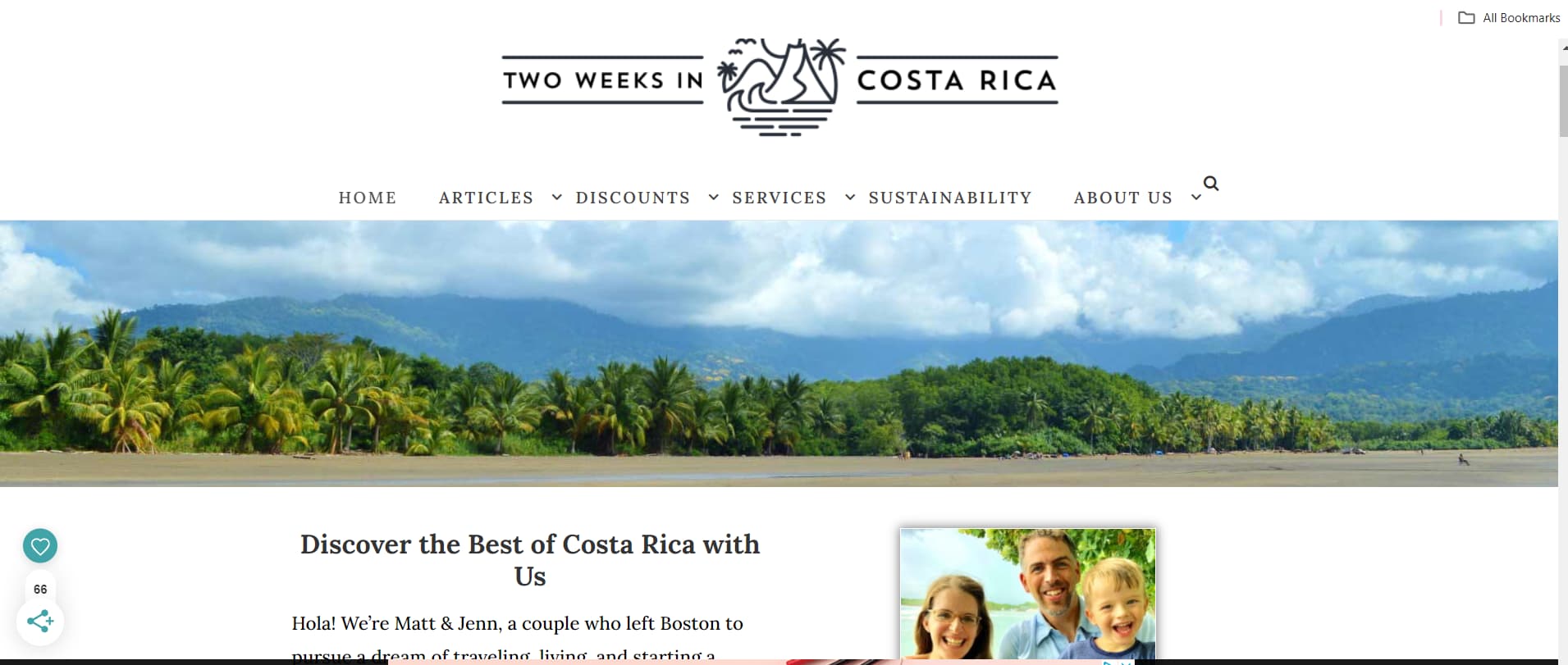
I wanted to see lots of wild animals and experience nature, and that’s what It did. I wanted to support the local economy and learn about the culture of Costa Rica. My husband did most of the actual planning after we discussed what we wanted to do. He used a blog called Two Weeks In Costa Rica to help with the planning. They were really good at answering his questions and providing personalized suggestions to him. They had so many ideas for us, we could only do a fraction of the things they suggested.
Things I didn’t Do
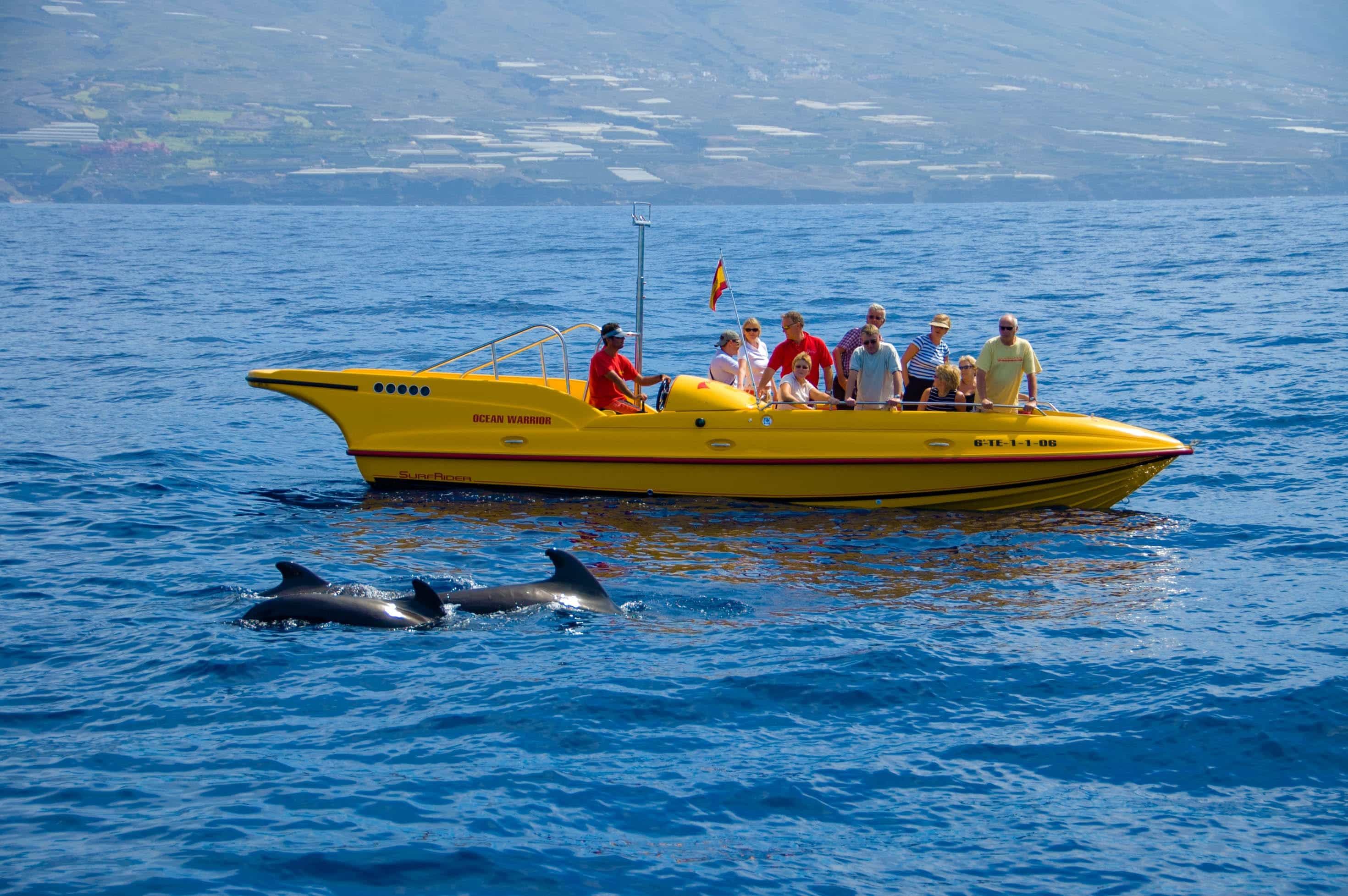
I get very seasick, so anything involving boats - ferries to islands, dolphin watching, snorkeling offshore - was off the table for me. I didn’t do any of the wild, adventurous things like ziplining because I’m really chicken about stuff like that.
I avoided over-visited parks such as Manuel Antonio Park and La Fortuna. I also didn’t go to the Caribbean side of the country because it seemed like too much driving to get there. There are many parts of the country I didn’t explore. I needed a balance of rest, relaxation, and exploring. Two weeks is a long time to spend on a vacation, but there is a limit to how much I can do without feeling overwhelmed.
Things I Did Do
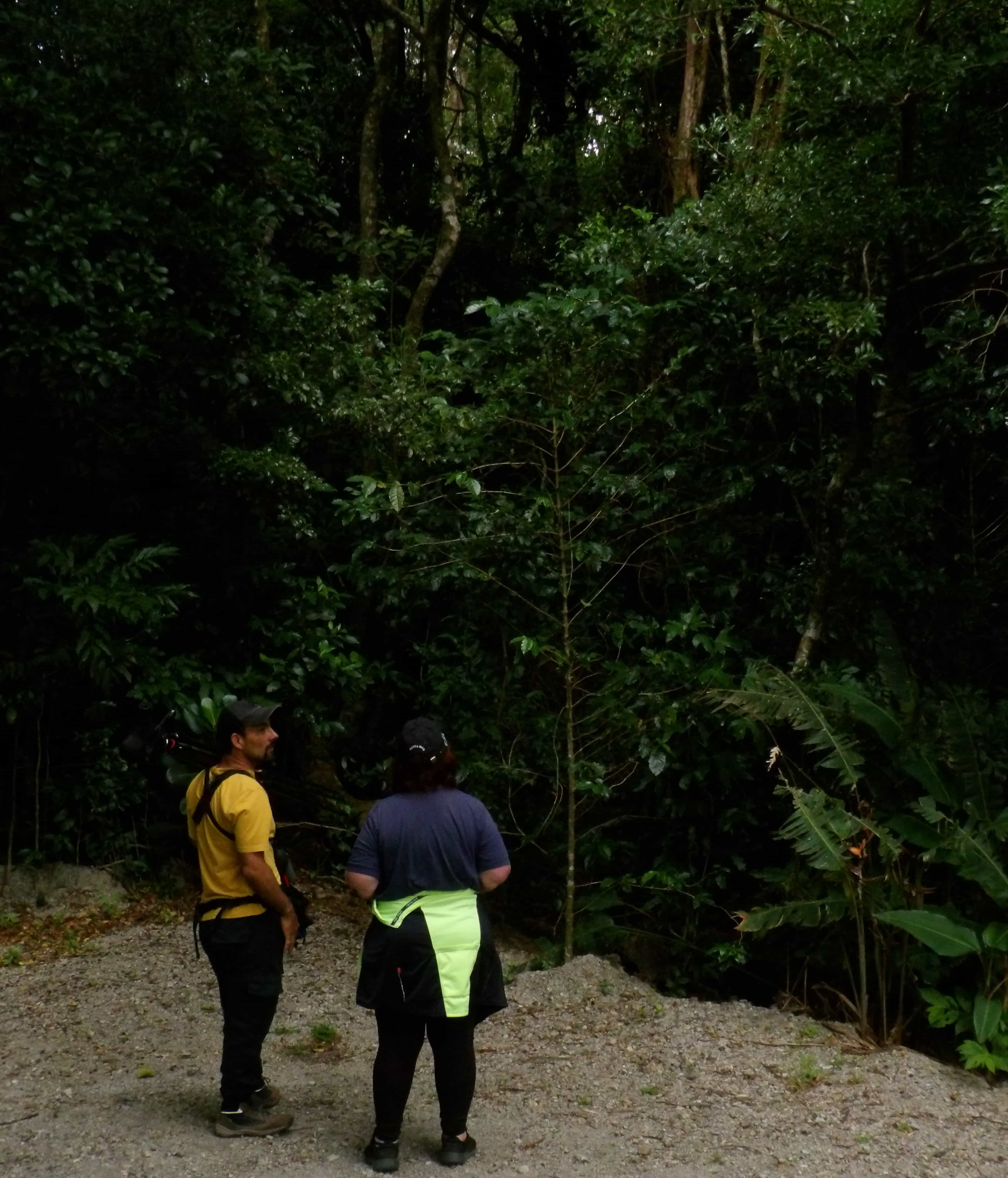
I generally don’t like to book tours when I go on vacation. I don’t like to have to adhere to a schedule, I think most tours are kind of lame, and I want to explore on my own timetable. I did schedule quite a few tours during this vacation, though. Many things I read before traveling said that having a guide take you through the park is invaluable because you just won’t see the animals, or know about the plants you are looking at without one. I have to say that is very true. All the tours I took were very worthwhile. Offering tours provides jobs for local residents, encourages them to learn more about the ecosystem, and allows for touring with minimal impact on the environment. So even if you don’t like tours, bite the bullet and schedule at least a few if you visit Costa Rica. Trust me, you’ll be glad you did.
I'm not trying to advertise for anyone, but I am telling about my experiences in Costa Rica - most of which were absolutely fantastic.
I rented a car and drove from area to area. Actually, my husband did most of the driving and I either watched the scenery or slept. It was a hybrid car, but driving a private vehicle at all is not as sustainable as taking a tour bus or public transportation. Costa Rica is full of private and public shuttles, so if you go you should check out using shuttles rather than renting a car. As I said before, I don't like adhering to schedules on vacation, so having a rental car is a splurge. I did use a local rental car company, Adobe.
Stops I Made
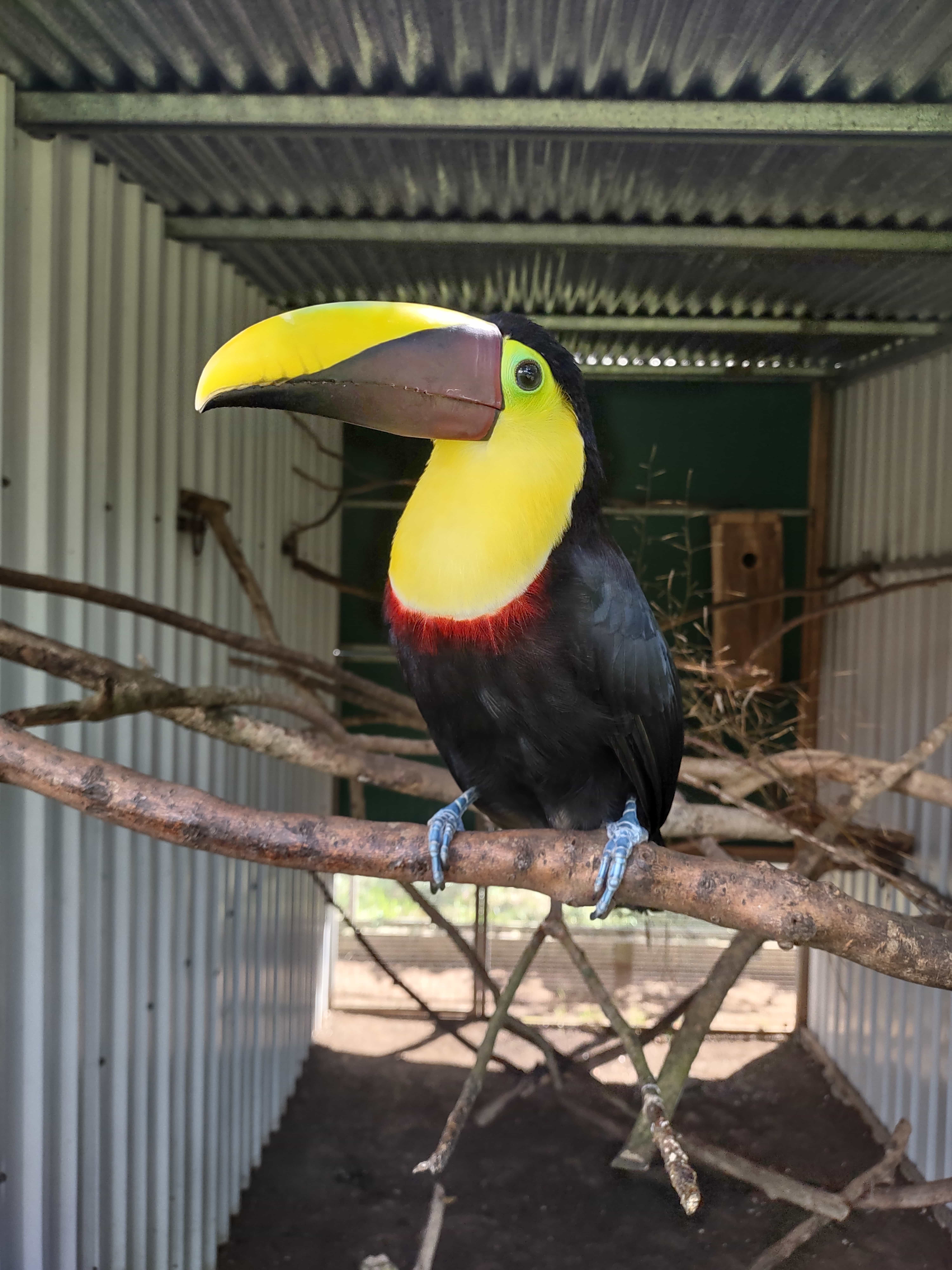
My first stop was Heredia where I visited the Toucan Rescue Ranch Toucan and Sloth Sanctuary. I have a page about my stay in Heredia and a separate page about my visit to the sanctuary.
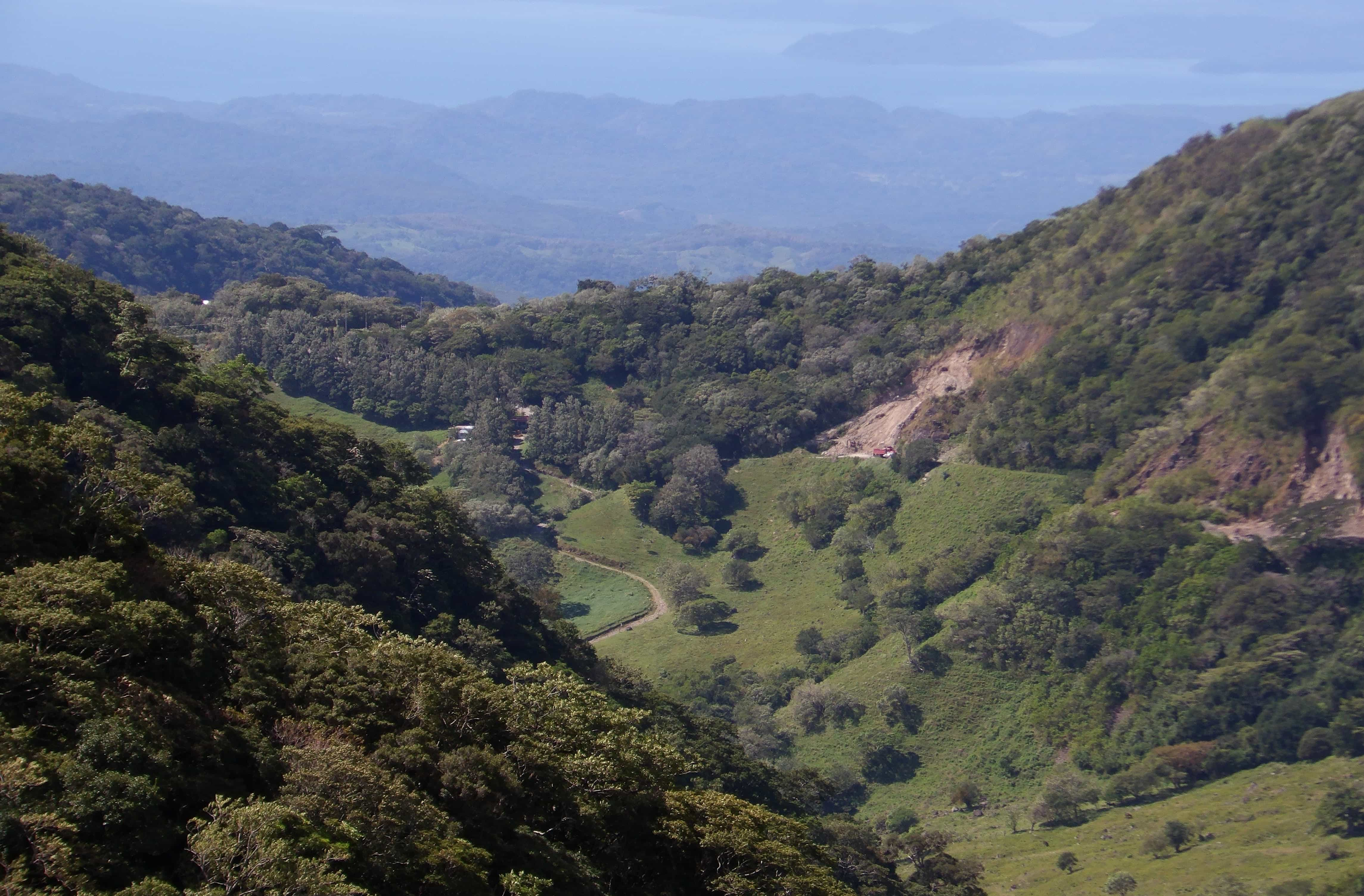
The hotel I stayed in near Monteverde National Park was called Valle Escondido. It’s a permaculture farm that has lodging and educational opportunities. You can read about my stay at this hotel on the Valle Escondido page. I also have a page about the guided day tour and night tour with Dennis, a sugar cane/chocolate/ coffee tour, and some solo adventures I had in the area.
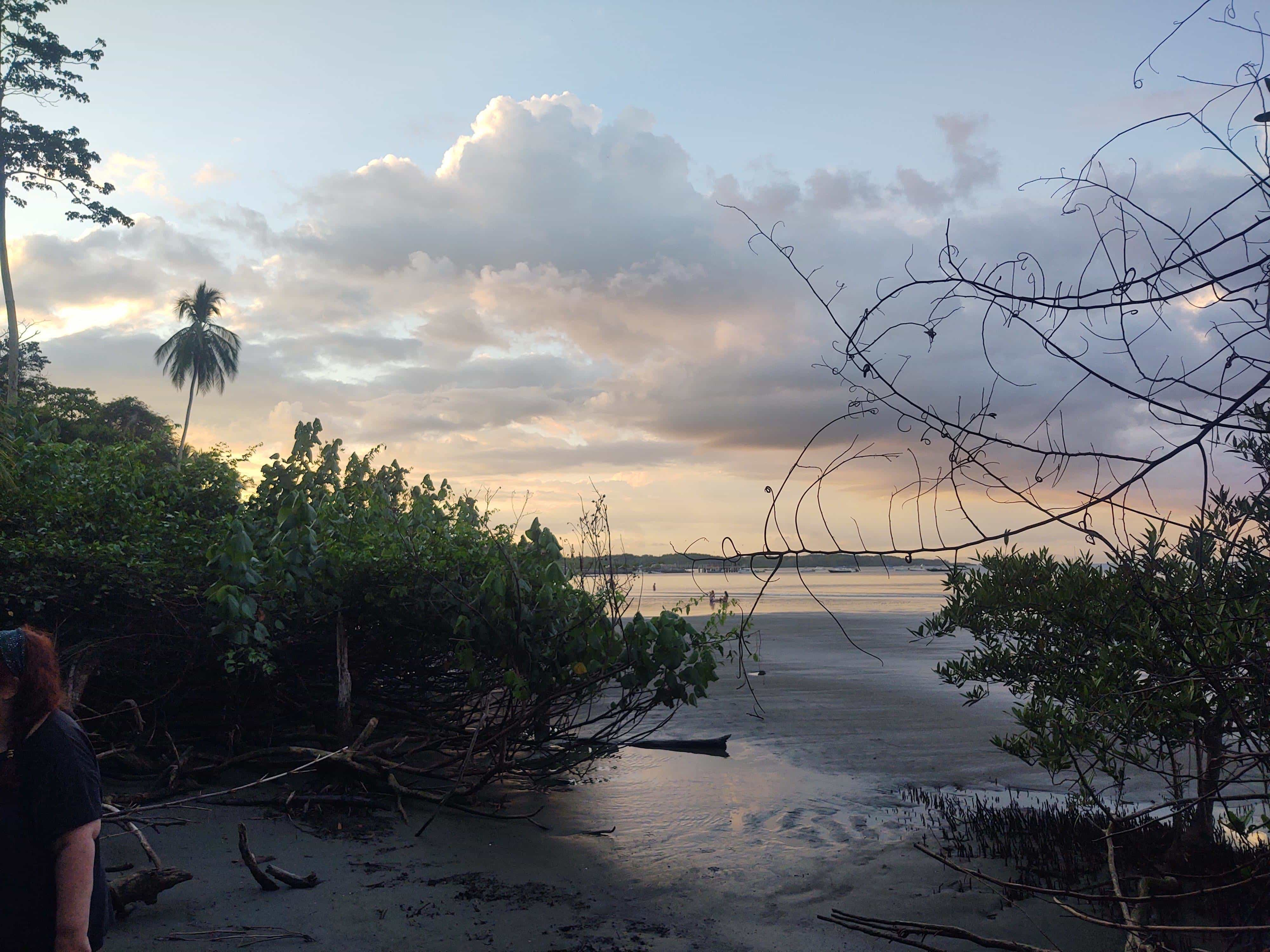
From there I went to Uvita and stayed in a local hotel called Uvita Paradise. I visited the National Park and explored the area. You can read about my Uvita experiences on the Uvita page
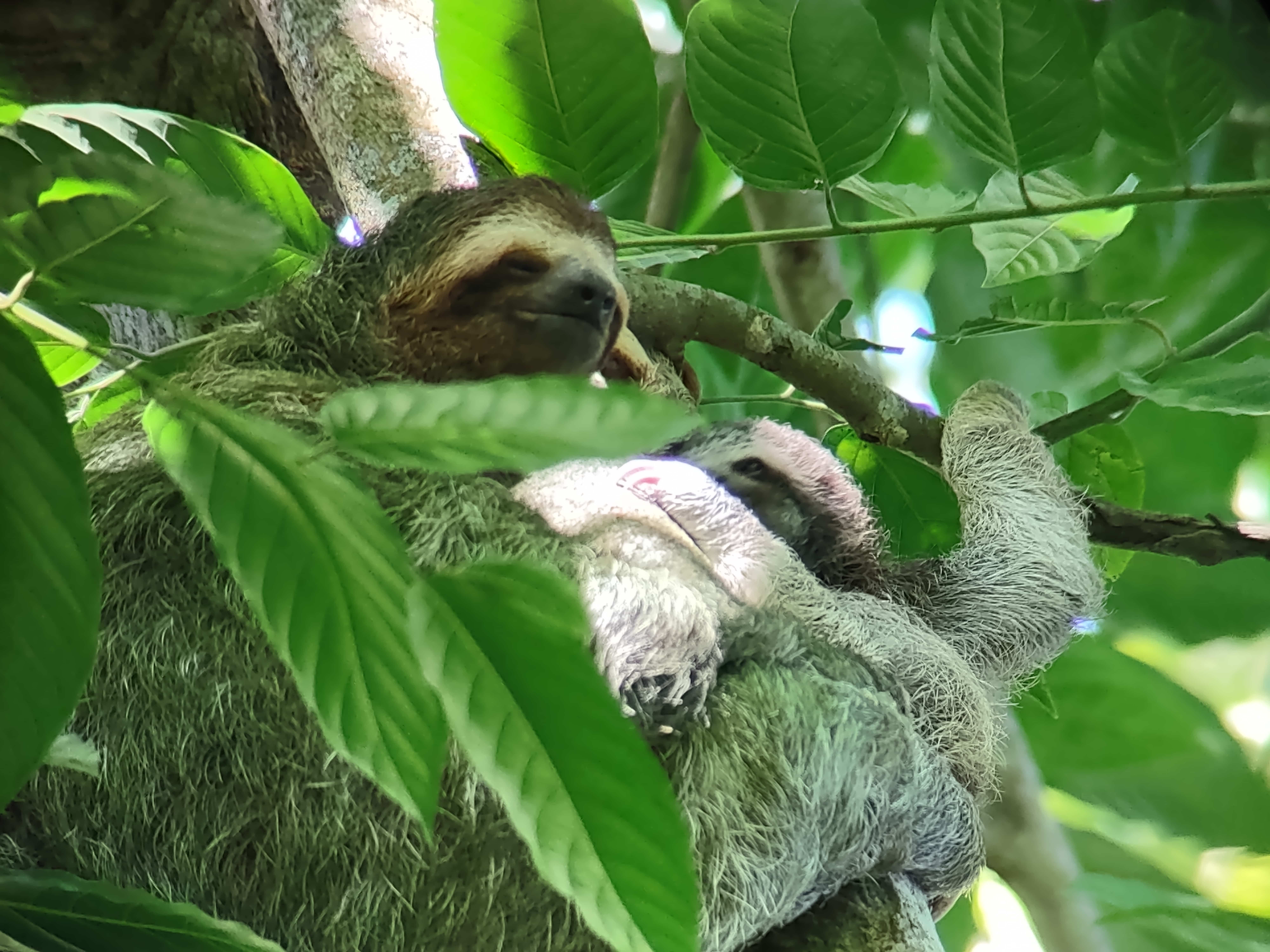
I spent several days in a delightful cabina by the shore in Puerto Jimenez at a hotel called Corcovado Beach Lodge on the Osa Peninsula on the southern Pacific coast. I had a bunch of really great adventures in the Puerto Jimenez area. I have a special page for the tours I went on - a day hike, a night walk, and a cooking class, and the Perica Sloth Garden. There is also a page about the hotel and other places I visited.
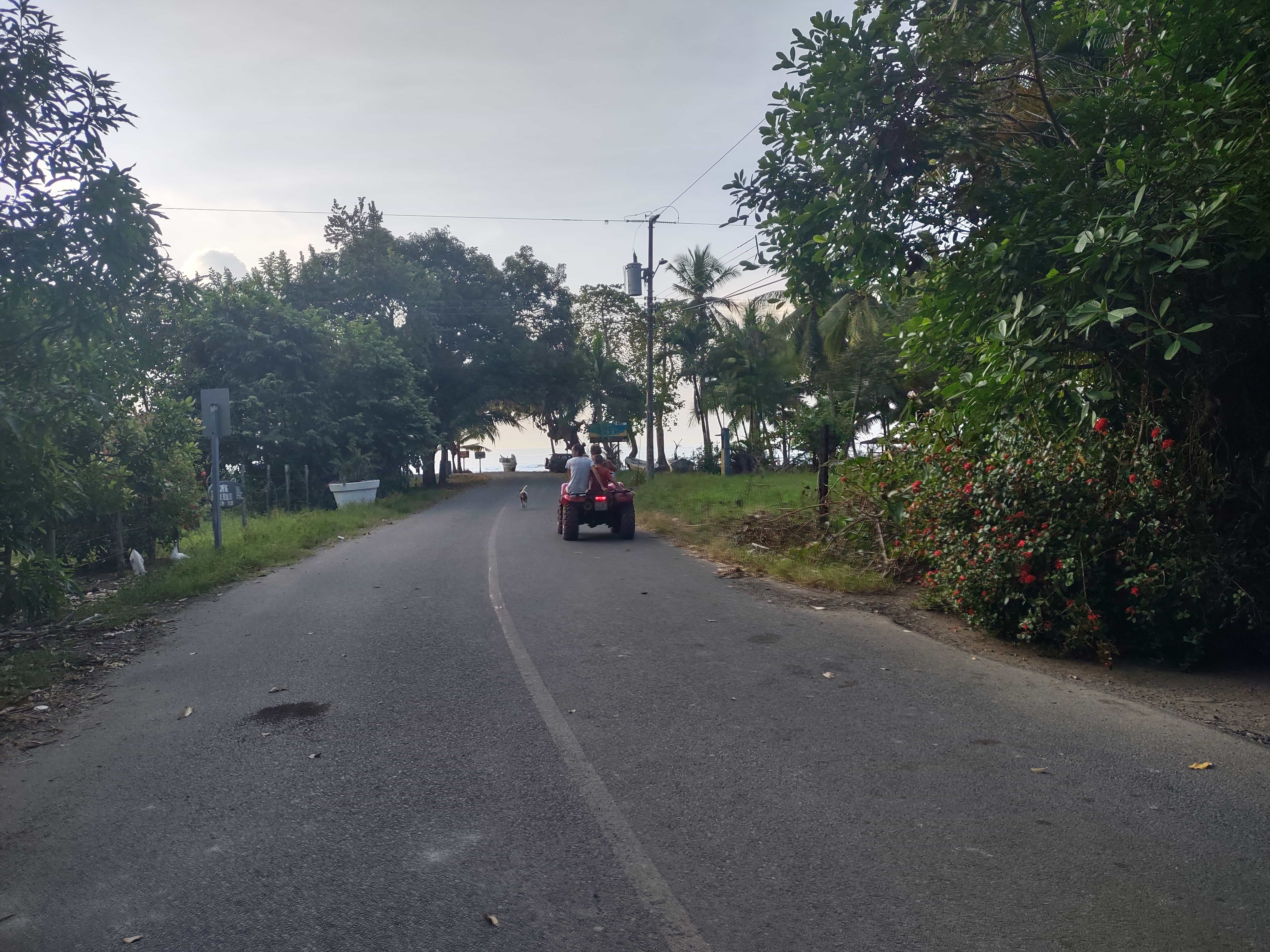
My last stop was Esterillos Oeste and a hotel on the beach called La Dolce Vita. We wanted to see some sea turtles being released, but we weren’t able to make it to that. I did some exploring of the town, we saw a parade, and we visited a mall in San Jose before taking off for home. I have a page about all my adventures in Esterillos Oeste.
Conclusion and General Observations
I made a special effort to travel to out-of-the-way, less visited places. I stayed in local hotels and ate at local restaurants (although KFC has a very large presence in Costa Rica and they were advertising Navidad specials at KFC!).
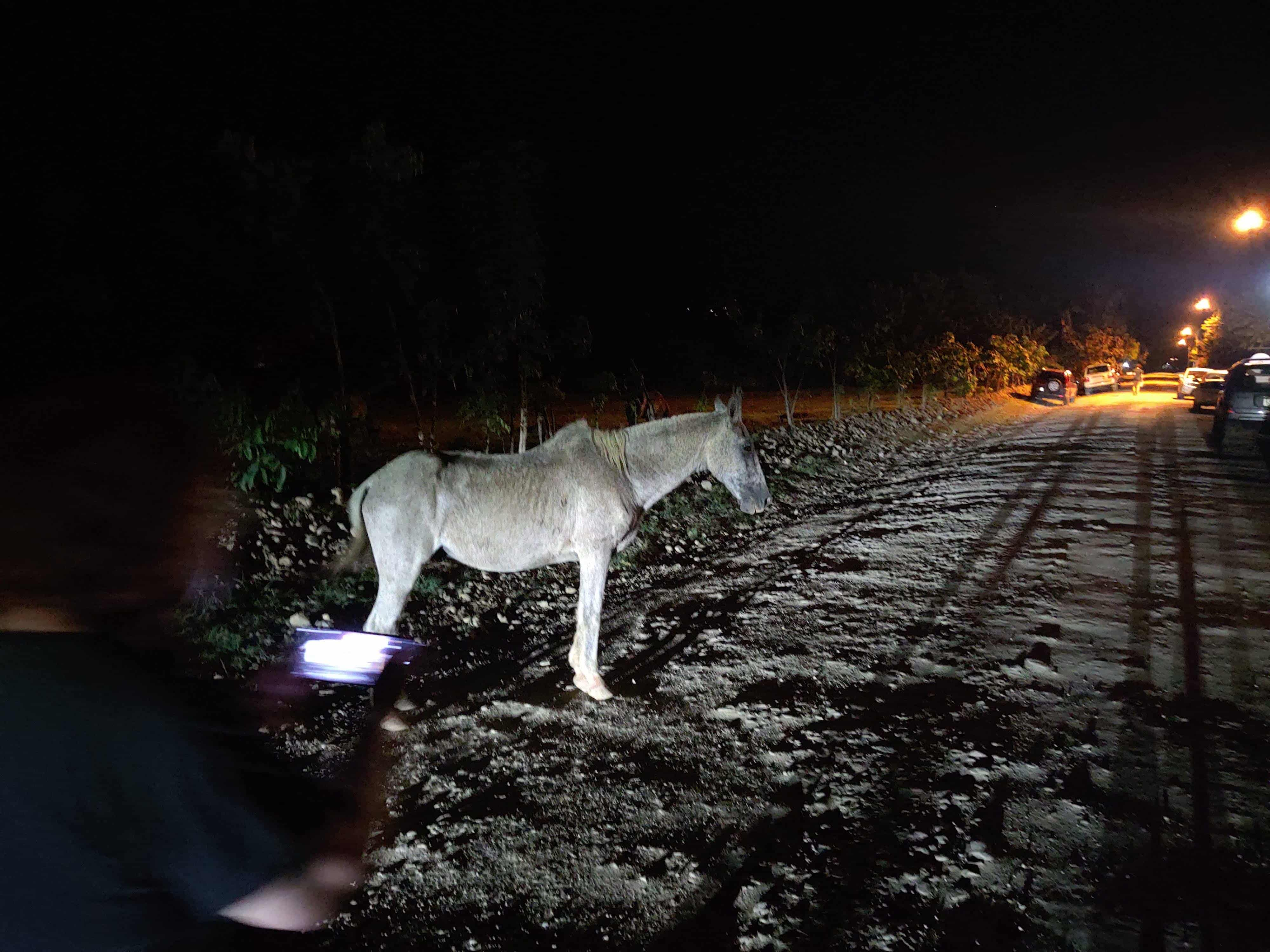
I traveled on a lot of dirt roads and roads that were not well maintained. Perhaps if I kept to more popular spots the roads would have been better. People seemed to drive very close to each other on narrow, winding roads. Some of these narrow roads had steep cliffs on one side. I was nervous a lot driving because I wasn't used to this.
Also, the toilets in most places didn’t exactly flush very well and couldn’t even handle toilet paper. You were supposed to throw used toilet paper in a garbage can next to the toilet. Once again, I am not used to this practice and it took some getting used to.
We never got a sim card for our phones. We just used Whats App . we had a mobile hot spot with our car. We found the internet spotty on the Osa Peninsula, and we were told that cell phone service is spotty there as well.
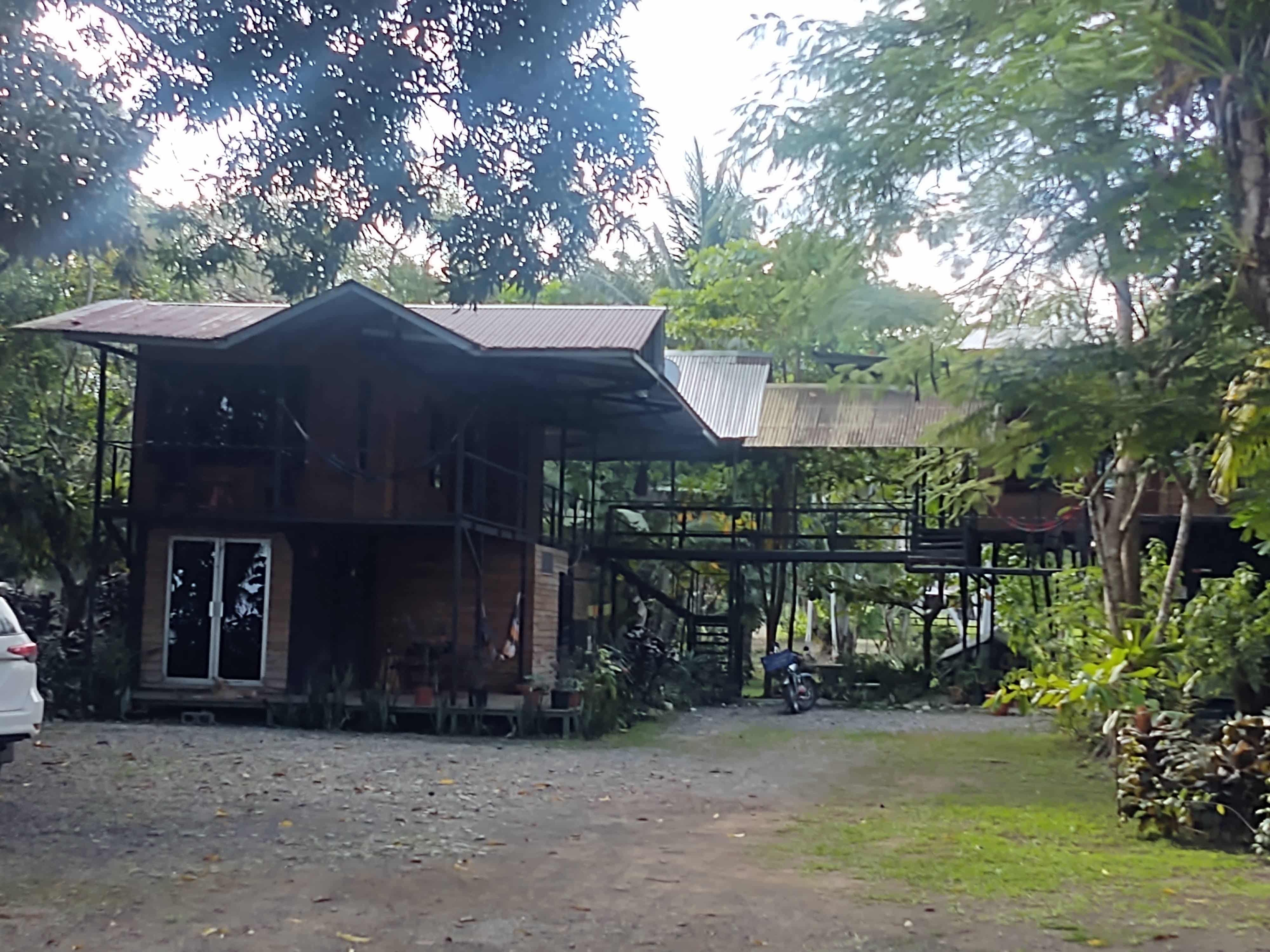
Costa Rica is close to the equator, so it is usually quite warm. I noticed that many of the houses were constructed with cinder blocks. There was a certain amount of openness to the houses. The doors and windows were often open and lots of time there wasn’t glass in the windows - just bars. This created cross breezes in the house, to keep things cool. The roofs frequently overhung the houses to create an outdoor shelter and there were structures that were just roofs. This gave people protection from the sun and rain and allowed them to spend a lot of time outdoors. Many of the restaurants were open-air places with a roof and a kitchen in the back.
The days are about 12-14 hours long during the whole year. It was totally bright in the morning by 6 am. And totally dark at night by 6 pm. We went during the dry season, which means it didn’t rain too much. But even during the rainy season, they say it only rains an hour or two at a time, and then is sunny again. They say the Caribbean side is wetter than the Pacific Ocean side.
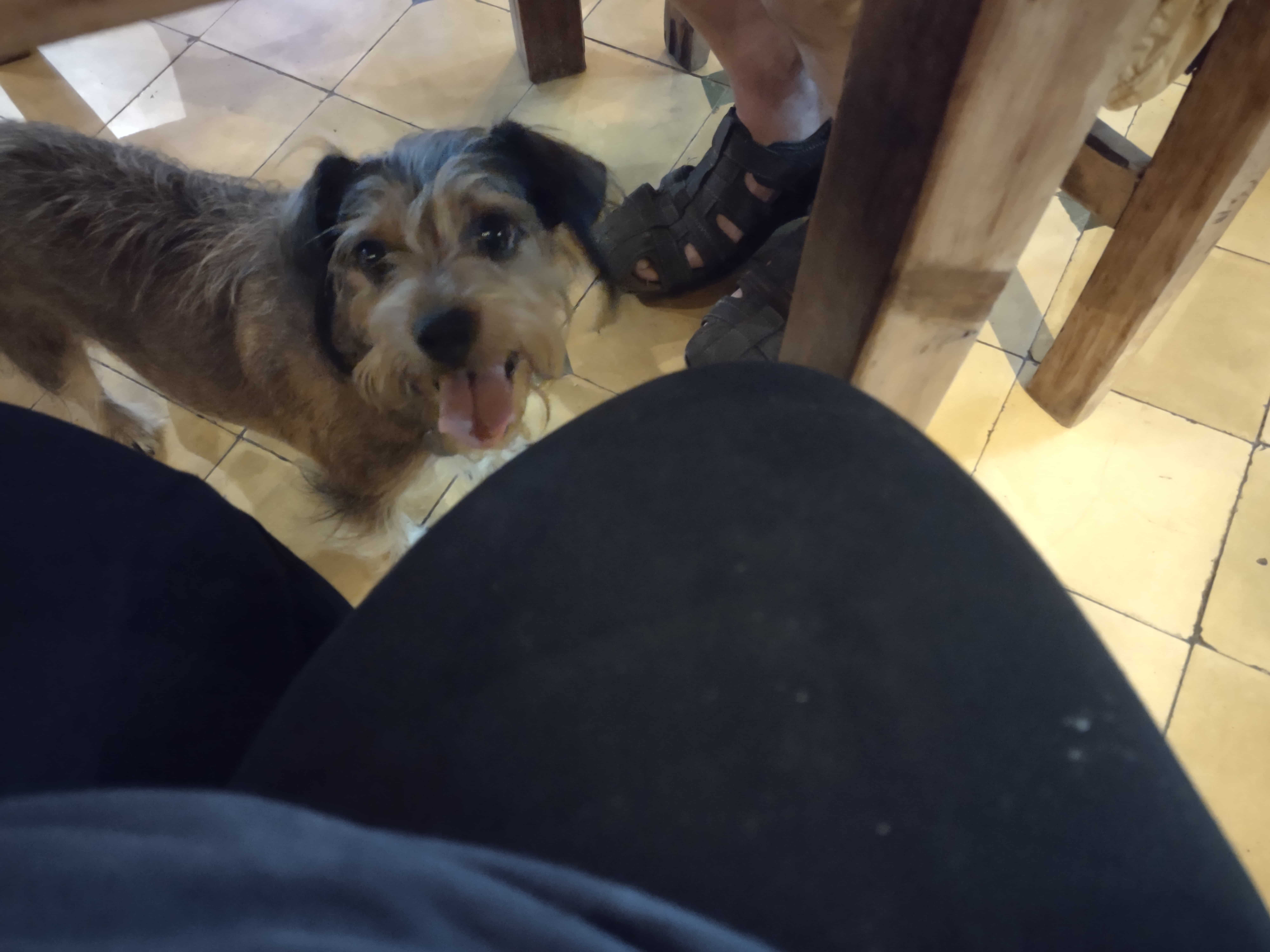
My last observation is that there were tons of dogs running around unleashed, which is not done at all in the US. Many of the dogs seemed happy frolicking around with other dogs or by themselves, in both rural areas and in the city. I even saw people bring their leashed dogs to the mall. There were lots of cats running around as well, and I even encountered a horse that seemed lost on the road. Some of these animals seemed well taken care of, others seemed skinny to me, but none of them were aggressive and they just went about their business. Unless you gave them food. They paid attention to you if you gave them food, but not obnoxiously so.
It was a really interesting trip. I was happy to spend my money in a way that seemed to help the local economy. I was absolutely thrilled to see animals in their natural habitat and I got to experience a different culture. Take a look at the other pages detailing certain aspects of the trip that I liked throughout this article. You can start with First Stop: Heredia.



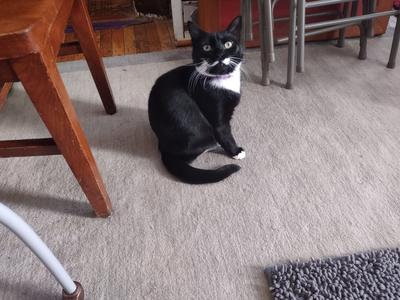
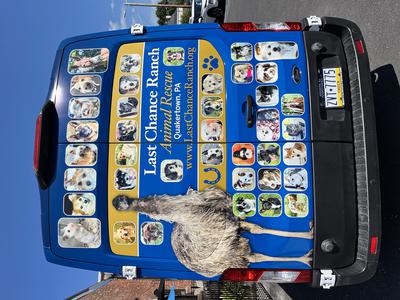

New! Comments
Have your say about what you just read! Leave me a comment in the box below.